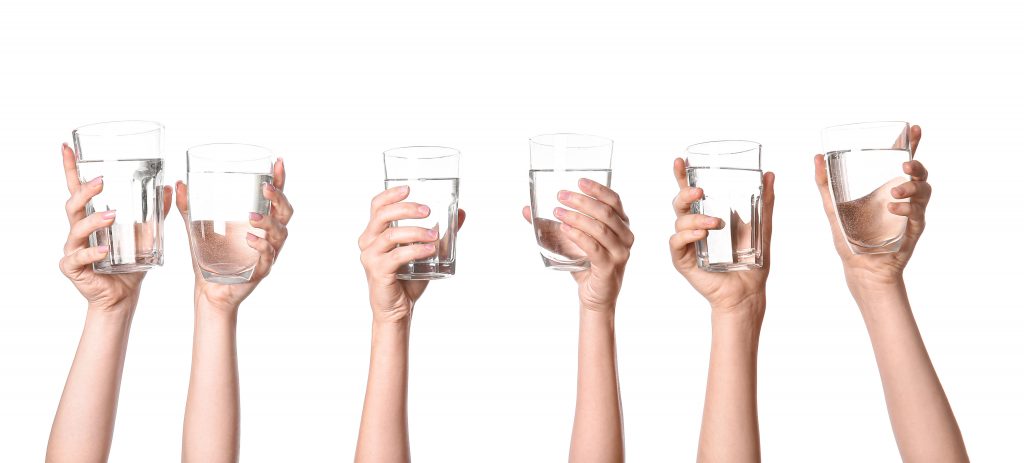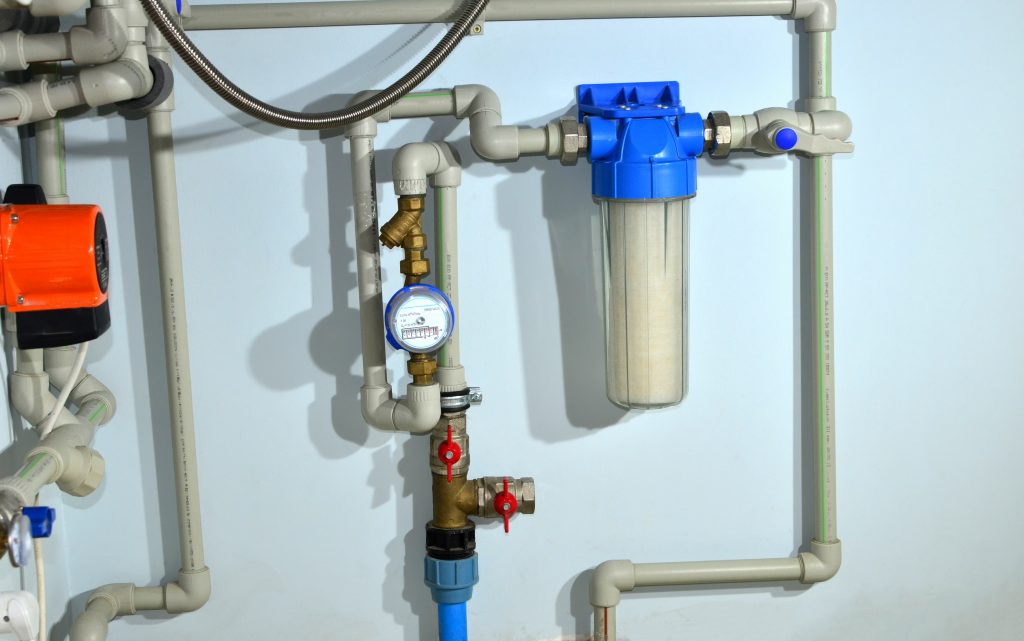Before industrialization took over, our ancestors counted on rainwater and wells as the main source of potable water. Pure, clean, and devoid of contaminants, drinking water must have been as rewarding as it is now, except that various changes have made water exceptionally scarce in some countries and abundant in some.
This skewed water supply has forced some to consider harvesting rainwater, mainly to save on costs and to promote sustainability. Rainwater is perfect for washing cars, doing the laundry, and cleaning the yard. If filtered, rainwater can be used for hydration, too.

Factors that Affect Rainwater Safety
Before discussing the benefits of drinking rainwater, it is worth noting that that direct consumption of rainwater is dangerous. There are factors that affect this, such as air pollution and the frequency of rain in your locale. The techniques used in gathering, storing, and treating rainwater can also impact the safety of rainwater.
While some types of harmful bacteria, parasites, and microorganisms can be eliminated by boiling harvested rainwater, others may remain. For instance, a water filtration system is used to get rid of some heavy metals and other contaminants.

How Drinking Filtered Rainwater May Benefit Your Health
Drinking filtered rainwater may be beneficial due to the following reasons:
- Filtered, disinfected, and distilled rainwater is said to contain high alkaline levels, which is claimed to neutralize our body after toxins and free radicals force our blood to become more acidic. Less acidic blood can help our body function more efficiently:
The other benefits of drinking purified rainwater include:
- Anti-aging properties (because of the presence of antioxidants that are quickly absorbed by the body)
- Detoxifying or colon-cleansing properties
- Supports immune system
- Enhances skin health
- Promotes weight loss
- Facilitates digestion
- By drinking filtered rainwater, you can be free from ingesting the harmful by-products of chlorination, which is predominantly used in major water systems for disinfection. In some instances, a high volume of these chemicals is mixed in the water, leaving us with potential health problems such as headaches, gastritis, and damaged body organs, with regular consumption and over a long period of time.
- Because of low mineral content, filtered rainwater is said to promote healthy skin and hair. The absence of minerals can make rainwater mild and gentle, allowing the consumer to remain hydrated longer, enhancing the natural moisture on the skin, and promoting healthy hair growth.
How to Prepare Rainwater for Drinking
Water contaminants may include algae, bird excrement, leaves, sand, and dust, and other particles. Installation of filtration and purification equipment can remove these contaminants at home.
Drinking rainwater should only be done after going through these stages:
- Filtration- Filters come in different sizes, and in this case, smaller is always better. Efficiency comes with a cost, so the finer the filter, the pricier it becomes. This device should be cleaned and replaced regularly to ensure that it’s free from harmful microorganisms.
- Disinfection- Filtration should be followed by the removal of invisible particles, and there are a few ways to do it, such as chlorination, ultraviolet (UV) light, and membrane filtration.
Of the three, putting chlorine is the most practiced method, and for a good reason. It results in the removal of the most common waterborne diseases such as cholera, typhoid, dysentery, and hepatitis. Unfortunately, it’s also believed to create a harmful by-product.
UV light works by rendering microorganisms paralyzed, making them unable to reproduce and become harmless. The good thing about using it is that it doesn’t leave harmful residues.
Microfiltration, ultrafiltration, nanofiltration, and reverse osmosis are few processes lumped under membrane filtration, which involves pushing water through a layer of material. Like UV light, it does not leave dangerous byproducts.
- Distillation- This method involves heating and condensation to separate water from impurities. Up to 10% of the original water volume is lost after the process. Distillation removes almost all substances but retains volatile organic chemicals (VOCs), with some distillation equipment installed with carbon filters to remove these chemicals.
Final Thoughts
Consuming rainwater may be an attractive proposition, but it can be dangerous if not done properly. Particles and microorganisms make their way to it even before reaching the ground– environmental pollutants, bacteria, and germs, and parasites
I’m a 20-something stay-at-home mother and wife. I have an amazing husband, a beautiful daughter, two loving dogs, and a lazy cat. I wouldn’t change my life for anything! I love to read, listen to music, cook and blog!

Speak Your Mind